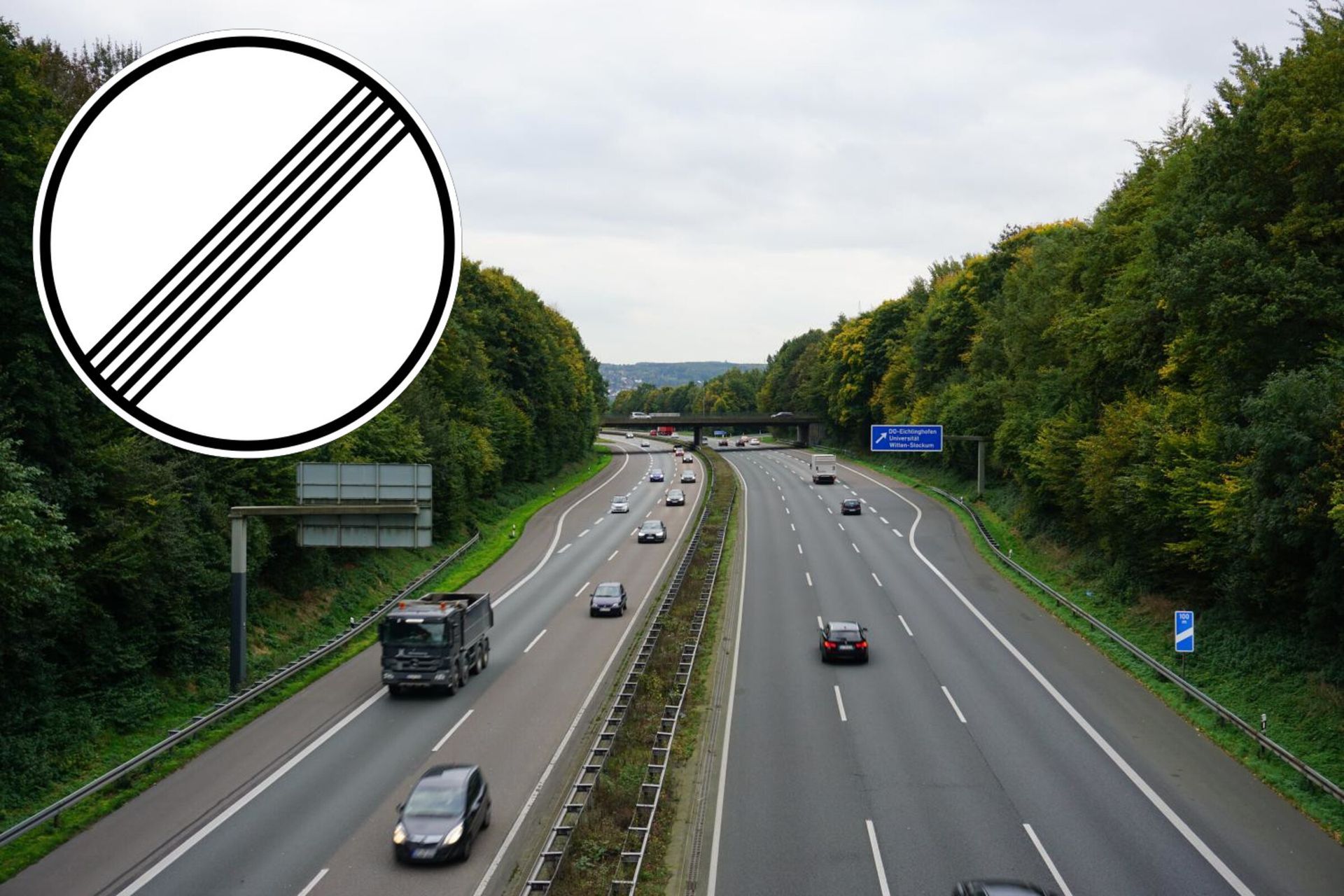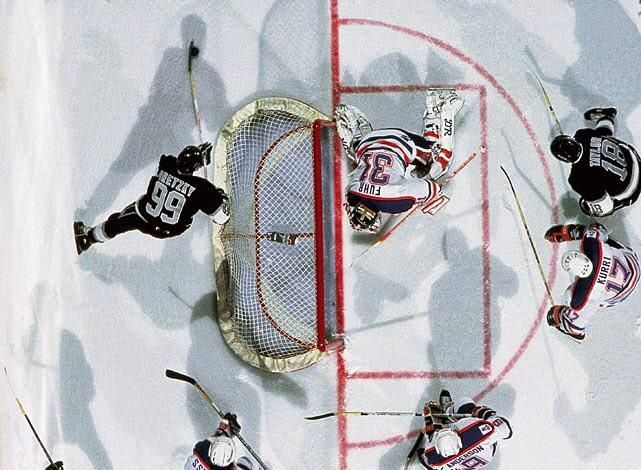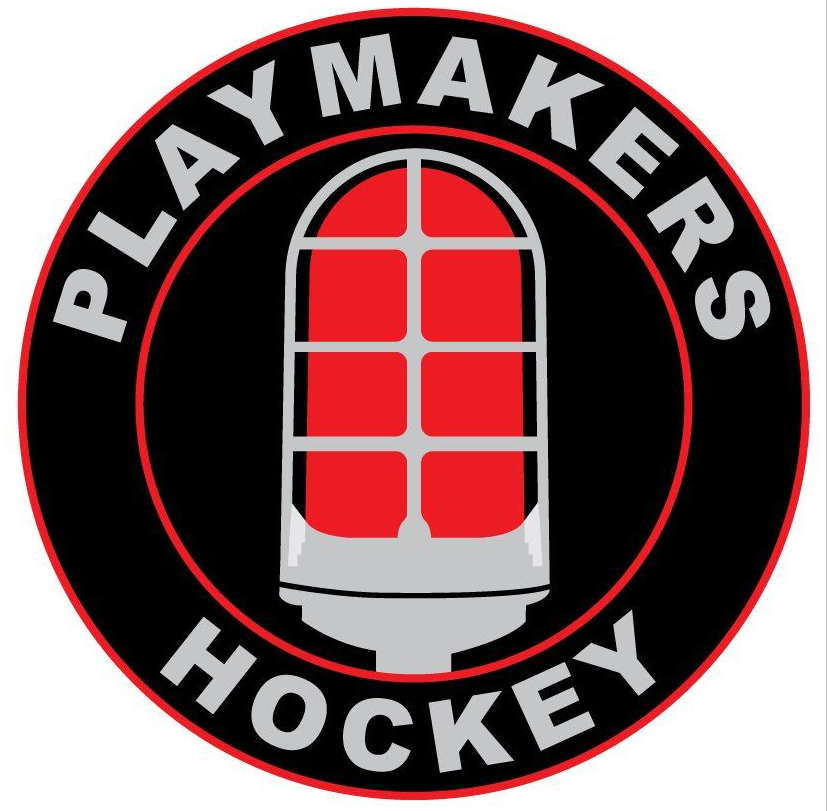AUTOMATICS
Anthony Attanucci • November 22, 2020
Specific Actions that Produce Predictable Results

The ever changing flow and unpredictability of ice hockey provides a huge contribution to the game’s beauty, intrigue, and appreciation by its players and fans. To the average observer, the game seems unscripted and lacking very many rigid structures. It presents itself to the viewer as a constant stream of actions & reactions. At its very best, the game should showcase its abundance of free play, creativity, and oceanic waves of momentum. Preserving these qualities of the sport are of the utmost importance to myself and everyone that’s played the game.
However, to be successful in hockey, players must lean on anticipation within familiar gameplay, concepts, and team structures to find and understand tendencies through experience and analysis. Within all of the free flowing beauty of the sport, there are certain situations that repeatedly arise. And if these situations are met with specific actions, we can predict the precise outcome of those actions...AUTOMATICS.
Here are some examples of automatics that I’ve found and used as a player and coach, as well as observe as an official and fan/student of the game over the years:
1. Rim to the Weak Side
Anyone that’s watched a youth hockey game and a professional hockey game has seen this action over and over again with the same result. However, there is a MAJOR difference between these two situations with the same AUTOMATIC action.
- Rim to the Weak Side in your DZONE = AUTOMATIC Turnover, aka Passing the Puck to the Other Team. This is the play where the youth (or any level) player, usually the strong side DMAN or FWD on the wall, retrieves a puck, feels the pressure of the opponent, fails to use scanning habits, puck protection skills, or small-space playmaking ability, and decides to send the puck around the kick plate to the other side of the ice to “relieve” the pressure. Unfortunately, this action is one that I would label selfish. The player is taking their own problem/pressure and passing it onto one of their teammates. How so? By rimming the puck to the weak side in the defensive zone, the only possible outcome of that action is the opponent’s Weak Side Point (most often a defenseman) obtains possession of that puck...“a pass to the other team”. That pressure that the original player felt, is now the entire defensive team’s problem because they are forced into a defensive zone coverage rotation by executing a Weakside Low to High play for the other team (an offensive possession tactic preferred by that offensive team). The defending team is now forced to sort and continue to defend.
- Rim to the Weak Side in your OZONE = AUTOMATIC Retention of Possession, aka a great offensive play and indirect pass. If we take the previous defensive example, and flip the scenario to an offensive player retrieving or already possessing a puck in the corner under pressure and rimming the puck to the weak side, we are now presented with an excellent OFFENSIVE AUTOMATIC play. That player is executing two offensive strategies to generate more potential for additional OZP(offensive zone play) and Scoring Chances: Weak Side Offense & Low to High (width & depth of attack). If an offensive player knows that they always have a presence on the Weak Side of the ice in the offensive zone, when they find themselves under duress while retrieving or possessing the puck in the OZONE, and they’re unable to make a small space play or decision on the same side of the ice, they can go to their AUTOMATIC arsenal or safety valve and send that puck hard to the Weak Side to relieve pressure and retain possession. They don’t even have to look! (Even though they still should) It’s an AUTOMATIC! This AUTOMATIC offensive concept is the same for any possession of retrieval below the circles in the offensive zone, whether it’s to the Weak or Strong Side Point
2. Passing to the Goalie on a highly contested Neutral Zone Retrieval.
This action is another AUTOMATIC when under heavy pressure, particularly when faced with a situation that requires making a play on the puck with your toes down ice (facing your own net) when hinge support (available teammate above the puck) is not present. Additionally, when strong side wall support is also absent, this action becomes even more important to retaining possession(see #3). When all 9 of the other skaters are up ice between you and the opponent’s net, your own goaltender is OPEN and AVAILABLE, if needed.
3. Providing Strong Side Wall Support
Not all AUTOMATICS are plays that happen with the puck. MANY of them are recognition and support plays when your teammate has the puck and you don’t. One example of these kinds of AUTOMATICS is providing puck support to the puck carrier on his or her strong side wall in all three zones. Here’s three situations:
- Breakout - no matter what the scenario is (set BO, full possession, D to D, short or long retrieval, etc.) if you see a teammate with possession or about to obtain possession of the puck and you’re the nearest option, sprint to an appropriate position on the strong side wall to be available. Your teammate needs you. First, if you’re the nearest option, they’re likely to see you first. Second, you’re their safety valve. You can always make a “safe” play by advancing the puck up the strong side wall. Thirdly, if there’s a mistake made with the puck or the opposition forces a turnover, you’re already in a position to help. If a defenseman has the puck, looks up and sees no option on the strong side...bad things can and likely will happen! Ask them how that situation feels.
- NZTR - Neutral Zone Transition (Regroup) - This is where you’ll find this situation as an issue most often. With forwards tracking back through the middle of the ice, they must have the recognition skills to provide wall support once a side is established. Are you a player or coach that likes to have forward options exchanging lanes during regroup situations to create confusion? Great! Just as long as those lanes are the middle and wide lane, i.e. Center Away. If you take away that strong side option, your defensemen will be full of frustration and much more likely to make a panic play or mistake. Go ahead and ask them.
- OZP - Offensive Zone Play - While we always prefer to use the full width and depth of the ice to our advantage in creating offense, it is again a safety valve to have some support available on the strong side wall to retain possession and assist when needed. Offensive player with the puck in the OZone corner? He or she needs someone available at the strong side point. Offensive player with the puck at the point? He or she needs a teammate on the half wall, strong side corner, or at least at the net front that can release to pick up a high to low rim.
4. Toes Up, Eyes Up during uncontested NZ Retrieval - You could argue this is just a habit of execution. However, this should be an AUTOMATIC. Recovering a puck in transition in the neutral zone or a deep transition puck in the defensive zone should be met with an AUTOMATIC action of getting both your toes and eyes back up ice. The player that keeps the toes facing their own net longer is obviously met with a more challenging task of processing and subsequent execution. Toes up and Eyes up is an AUTOMATIC for success.
These AUTOMATICS requires a few things to execute:
Scanning Habits, Confidence, Touch, Trust, and a Puck Possession Identity.
- Scanning Habits - This AUTOMATIC or any other effective play requires recognition. The easiest way to recognize a play is to see it. Another way is to feel it. Elite players both SEE & FEEL the right play.
- Confidence - It takes confidence in your abilities to make a play that requires the puck to go backwards (toward your net) in order to ultimately go forwards (advance toward the opponents net).
- Touch - The “regroup” or “reset” plays require an appropriate amount of touch on the puck to understand the correct pace of the direct pass or space play (indirect or area pass) in order to maintain control in these potentially vulnerable situations.
- Trust - If you don’t trust your teammates to also recognize and execute in these situations, these AUTOMATICS either won’t take place because you’ll avoid them or they can result in frustration. Trust your goalie to make a play. Trust your linemates to make a play. Trust your D partner to make a play. Trust your teammates.
- Possession Identity - Without a real identity and mindset to keep possession of the puck, these plays cannot be recognized or utilized.
These are just a few of the situations that can be met with AUTOMATIC actions to produce quality results. There are others. But the challenge is for you to find what works for you. The consistencies in the game. The things that work time after time. Recognize them and implement them to increase your confidence and effectiveness in a variety of situations that present themselves. Not only will this improve your experience and enjoyment of the game, but it will be a display of hockey intelligence to keep you moving toward your goals.
Got some AUTOMATICS to share?
Let us know!
Tony Attanucci
More Posts



